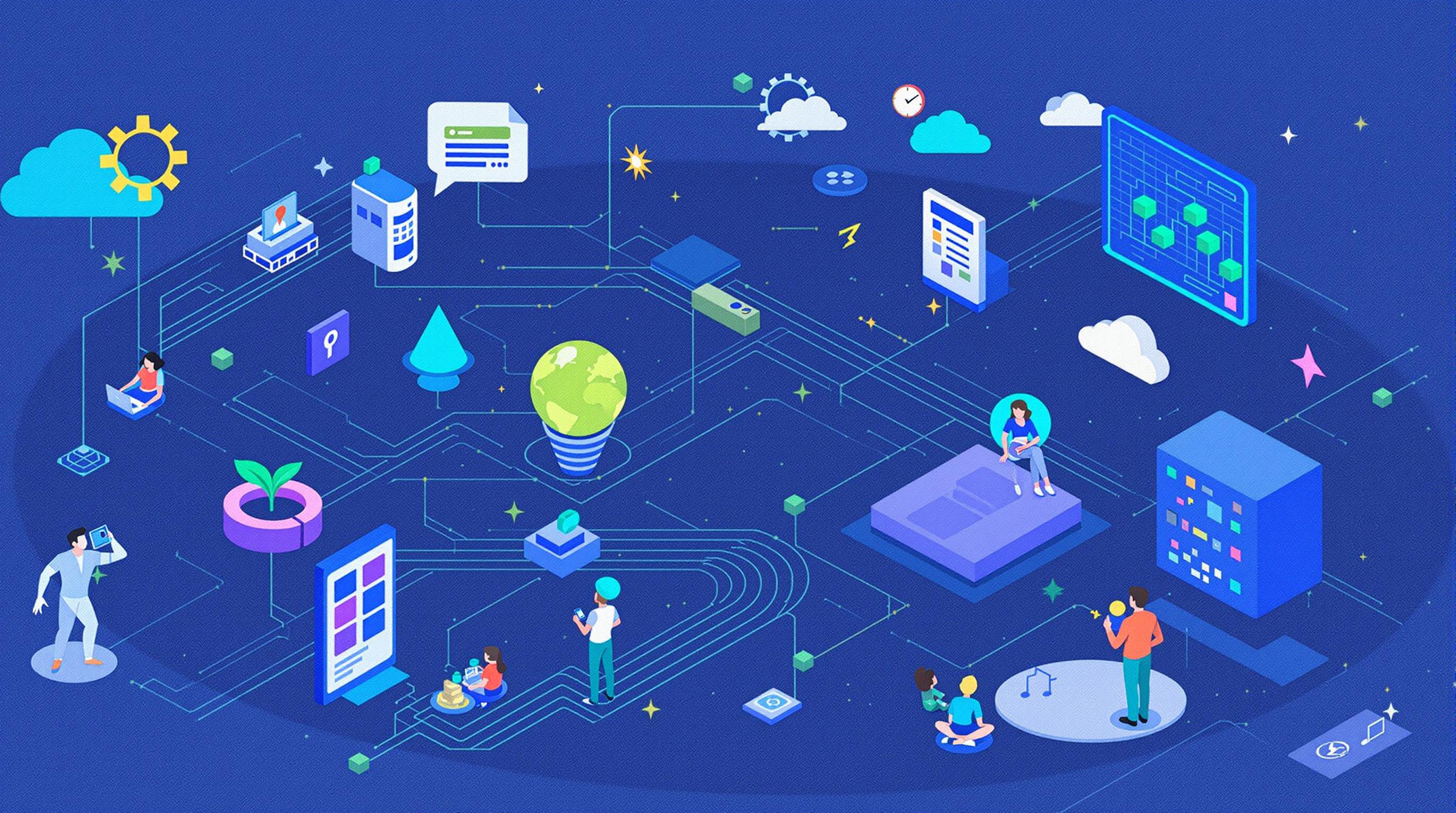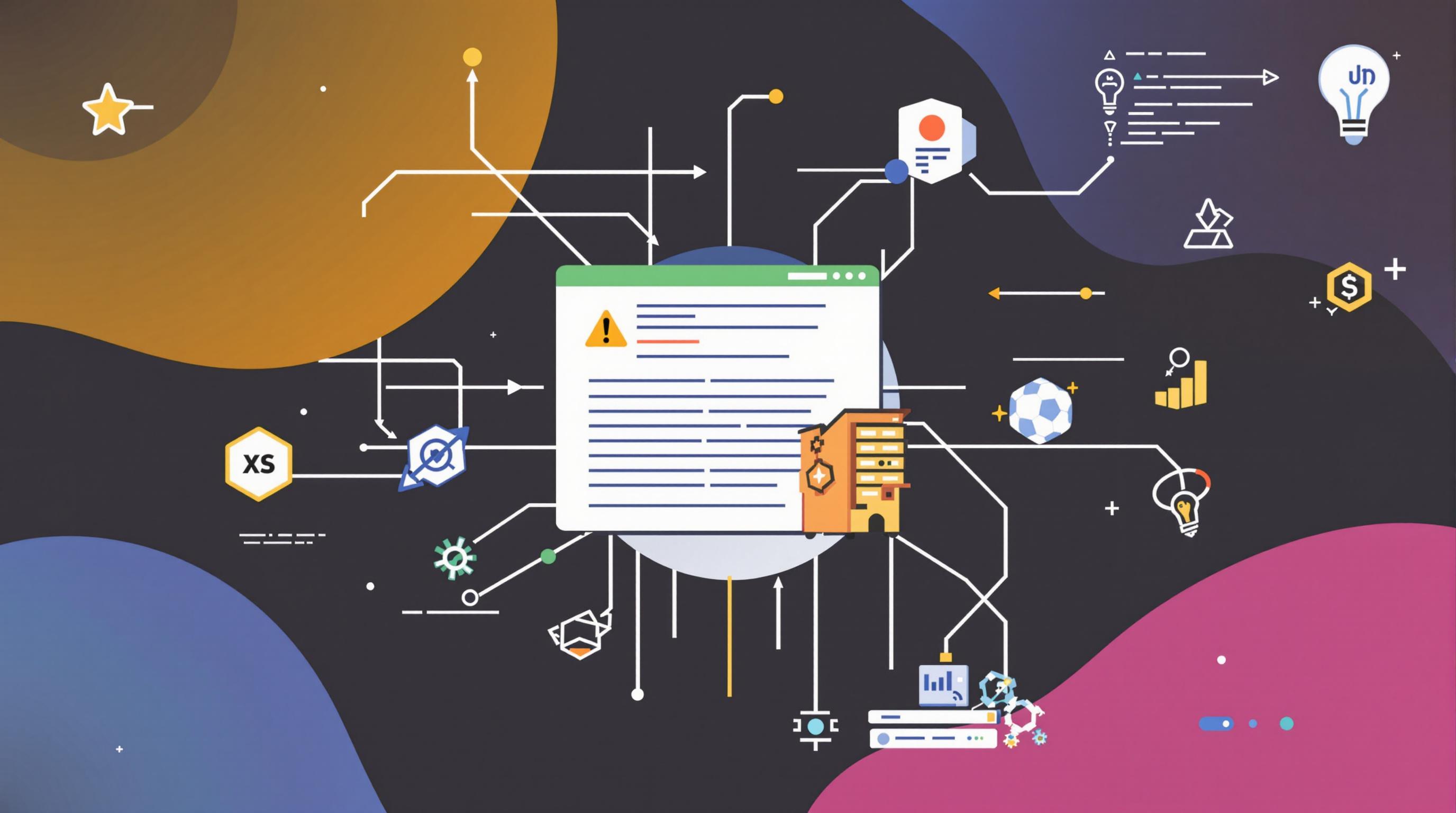Related Articles
- Unconventional Wisdom: Exploring Surprising Influencers Shaping Consumer Trends in 2023's Niche Ecosystems
- Beneath the Surface: Discovering the Unlikely Impact of Micro-Communities on 2023's Consumer Landscape
- Unexpected Catalysts: Exploring the Surprising Forces Influencing Subculture Trends in 2023
- Unmasking Influences: The Unlikely Narratives Behind Today's Obscure Market Trends and Consumer Choices
- The Paradox of Generosity: How Giving Can Lead to Unexpected Financial Gains in Competitive Markets
- The Unexpected Cost of Silence: How Communication Gaps Drain Resources in Organizations
7 Overlooked Serverless Trends Shaping Tomorrow's Tech Landscape: Insights for Innovators and Early Adopters in 2024
7 Overlooked Serverless Trends Shaping Tomorrow's Tech Landscape: Insights for Innovators and Early Adopters in 2024
7 Overlooked Serverless Trends Shaping Tomorrow's Tech Landscape: Insights for Innovators and Early Adopters in 2024
1. Serverless Security Innovations
As organizations increasingly adopt serverless architectures, security continues to be a significant challenge. Many developers still operate under the assumption that serverless tools automatically provide security features. However, the truth is that serverless environments demand a nuanced approach to security that thinks beyond traditional application protections.
In 2024, advancements in serverless security will integrate AI-driven monitoring solutions that help identify vulnerabilities and mitigate risks in real-time. Innovative tools will not only analyze code for potential exploits but will also provide guidance to developers on best practices for writing secure serverless functions.
This proactive security approach will empower innovators and early adopters to confidently push the limits of serverless technology while minimizing risks, making it a crucial trend to watch out for in 2024.
2. Multi-Cloud Strategies
The rise of multi-cloud strategies has become an essential trend shaping serverless deployment. Gone are the days when enterprises relied solely on one cloud provider. In 2024, businesses will increasingly leverage multiple providers to take advantage of each cloud's unique strengths, optimizing their serverless architectures.
This multi-cloud approach offers several benefits, including enhanced redundancy, cost efficiency, and risk mitigation. Serverless architectures, designed to be versatile across different platforms, will see innovations in interoperability between providers, allowing seamless integration of serverless functions.
As organizations experiment with this multi-cloud environment, they will unlock innovative solutions that can outperform traditional server deployments, ultimately redefining how businesses operate and compete on a global scale.
3. Increased Serverless Event-Driven Architectures
The event-driven architecture is not just a buzzword; it’s becoming an essential part of serverless computing. In 2024, we expect to see more developers embracing event-driven designs that allow automatic triggering of functions based on specific conditions or events.
This trend brings scalability and flexibility to applications, enabling them to respond quickly to varying workloads. As more organizations migrate to serverless environments, they will seek to leverage these event-driven capabilities, encouraging rapid deployment of various microservices.
Ultimately, the shift toward event-driven serverless architectures will empower developers to create more responsive applications, leading to richer user experiences and a competitive edge for businesses.
4. Focus on Serverless Application Frameworks
As the demand for serverless applications continues to rise, so will the appreciation for comprehensive serverless application frameworks. In 2024, tools such as AWS SAM, Serverless Framework, and Azure Functions will become even more integral as they simplify the deployment process and enhance team productivity.
These frameworks will facilitate seamless CI/CD pipelines and enable developers to iterate rapidly without getting bogged down by the complexities of serverless architecture. They will spawn a new wave of innovation, significantly speeding up the time-to-market for applications.
In this environment, early adopters who actively engage with and contribute to these frameworks will be at a distinct advantage, shaping future features and functionality that could lead to industry leadership.
5. Cost Optimization Trends in Serverless
Cost management remains a critical aspect of cloud deployments, and serverless computing is no exception. In 2024, we will see an emphasis on cost optimization strategies, including better prediction of usage patterns and close monitoring of function executions to bound expenses.
Innovative platforms will emerge to provide deeper insights into cost analytics, helping companies align their expenditure with actual usage. Understanding and predicting costs will give businesses the opportunity to mitigate unnecessary spending while still capitalizing on the efficiencies of serverless technology.
Adopting these cutting-edge cost optimization tools will be vital for innovators and early adopters who aspire to maximize the benefits of serverless capabilities while keeping their budgets in check.
6. Evolution of Serverless Databases
In the coming year, serverless databases are set to evolve significantly, allowing more businesses to take advantage of on-demand data storage and processing. These databases automatically scale based on demand, making them a perfect fit for serverless applications that might have unpredictable workloads.
Trends show that organizations will increasingly look towards hybrid database solutions that can seamlessly integrate with their serverless infrastructure, optimizing both performance and cost. This flexibility means businesses can deploy their applications with an approach that is both scalable and economically viable.
In 2024, we anticipate breakthroughs in serverless database management platforms that lend themselves to easy integration and better performance for developers looking to harness data efficiently.
7. Enhanced Developer Collaboration Tools
The serverless landscape is ripe for innovation not just in technology but also in the processes that support it. Enhanced collaboration tools that cater specifically to serverless applications will play a key role in shaping developer workflows in 2024.
Tools that facilitate communication between teams, provide version control for serverless functions, and streamline project management will emerge, fostering environments where developers can experiment freely while maintaining high levels of productivity and cohesion.
Innovators who prioritize the integration of these collaboration tools will discover a newfound agility in their development processes, unlocking transformative possibilities as they work to push serverless technology into new territories.




